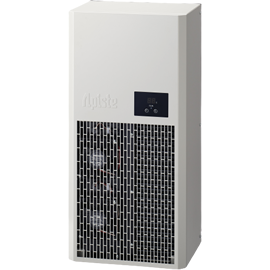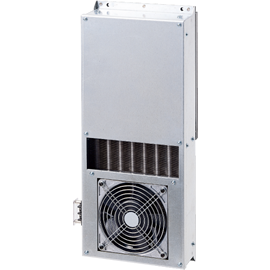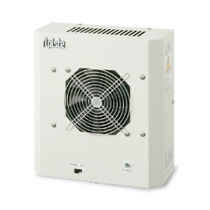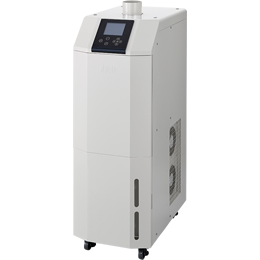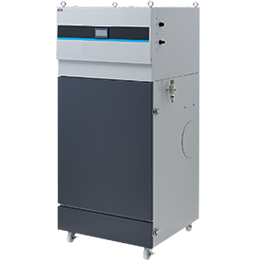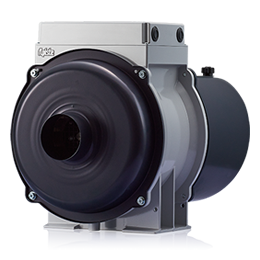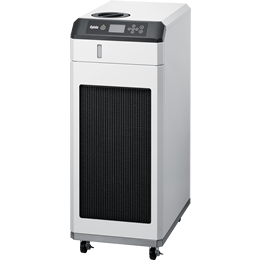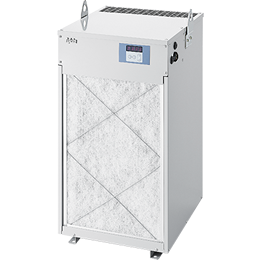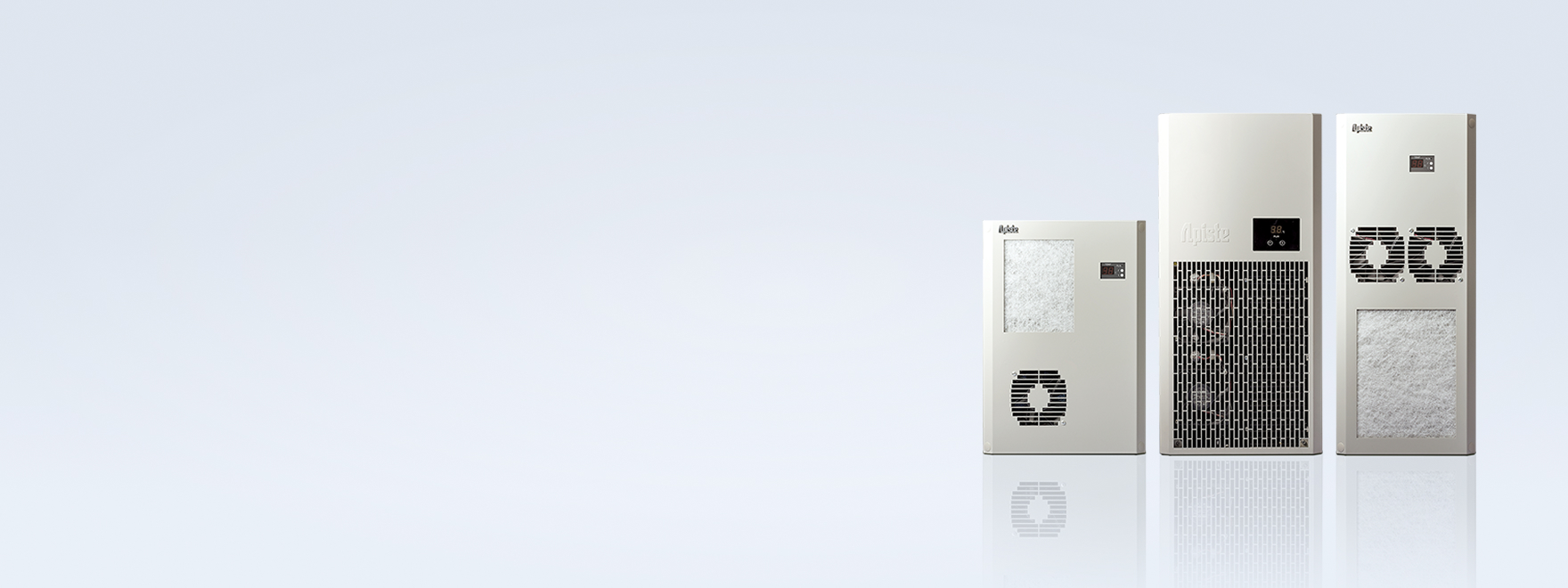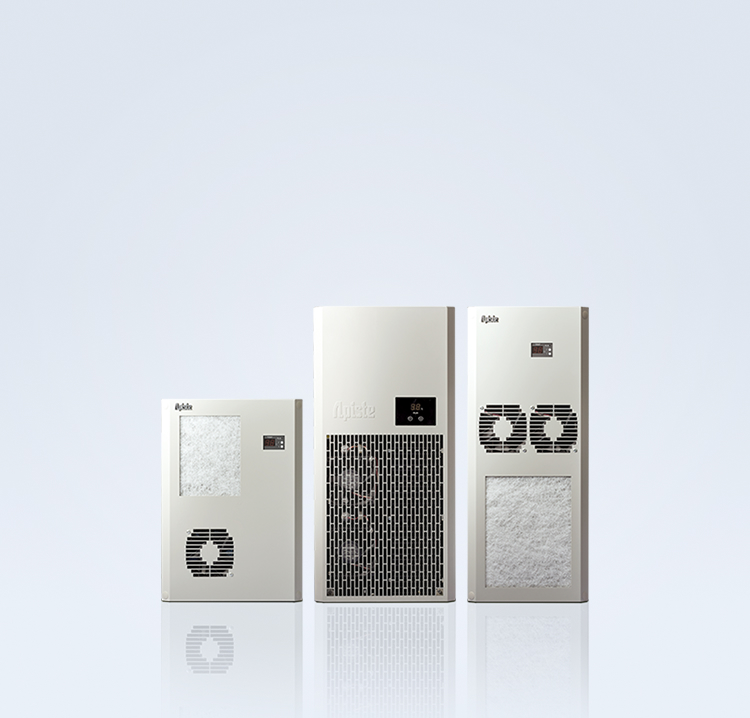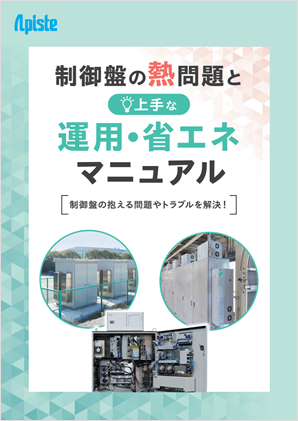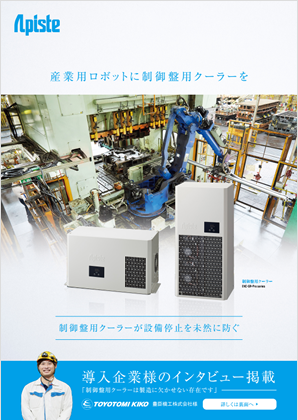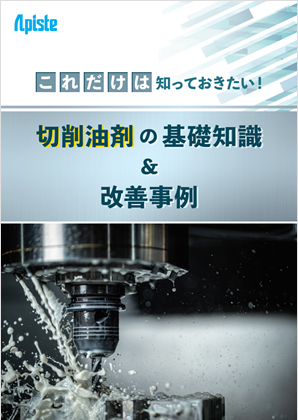Control panel cooling unit
Product Category
HFC alternative (product not subject to the Act Concerning the Recovery and Destruction of Fluorocarbons)
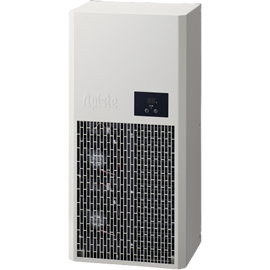
HFC alternative filter-less & energy saving
ENC-GR-Pro
In addition to being HFC alternative and energy-efficient, it does not require the periodic maintenance of fins and filter that was required with the conventional control panel cooling unit, significantly reducing maintenance costs and labor.
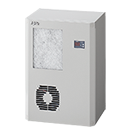
HFC alternative non-drain
ENC-GR (non-drain)
Ideal for cooling panel located on mezzanine floors where drainage is difficult to dispose of. Non-drain is achieved even in high temperature and humidity environments.
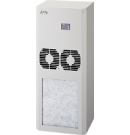
HFC alternative standard
ENC-GR-eco
HFC alternative and energy-saving design will become standard for panels in the future. Furthermore, it is space-saving and can withstand high temperature environments of up to 55°C, making it suitable for use in a variety of work sites.
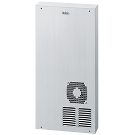
HFC alternative SUS body (outdoor specification)
ENC-GR-SUS
This control panel cooling unit has an all-stainless-steel body and can withstand use in harsh environments such as wet and humid environments and outdoors.
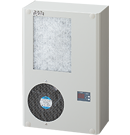
HFC alternative small size
ENC-GR
The ultra-compact body means it can be installed anywhere, even in panels in narrow spaces where installation was previously impossible due to space constraints.
Fluorocarbon
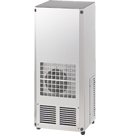
Fluorocarbon outdoor specification
ENC-AR-HD / ENC-AS-HDS
High weather resistance ensures stable cooling of outdoor panels. Two models are available: a stainless steel body model and a silent model.
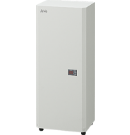
Fluorocarbon special specification
ENC Other
A lineup that can meet a variety of needs, including downflow/large size, 400V/SUS body (indoor specification)/water-cooling type/heat-resistant. An HFC-type control panel cooling unit.
Control panel cooling unit option
For those who want to know more about control panel cooling units
Causes of panel problems and the benefits of installing control panel cooling units
Causes of panel problems
Panel problems are thought to be primarily caused by heat, dust, and humidity, which can lead to failures and shortened lifespans of electronic devices such as drive control devices and power supply transformers housed inside panel.
Reference link → Heat loss is the cause of fever
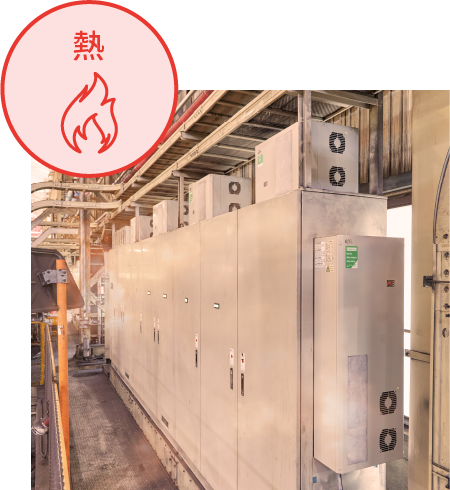
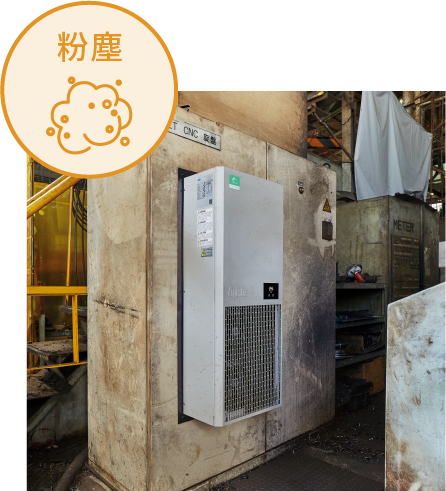
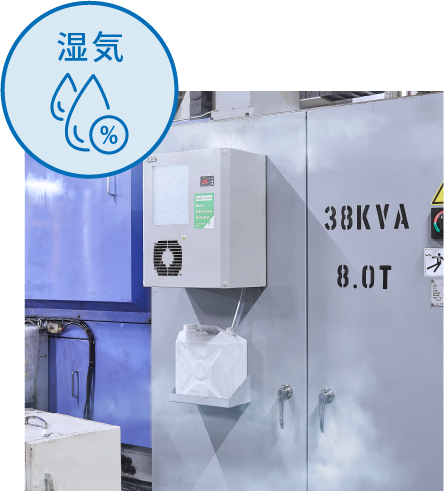
What is control panel cooling unit?
Control panel cooling unit is a dedicated cooling unit for panel that can "cool" the inside of the panel to a constant temperature. Since the inside of the board can be sealed and cooled without bringing in outside air, it also has a “dust protection” effect that prevents dust and oil mist from entering the cabin. In addition, the air containing moisture in the panel condenses and becomes condensation water and is discharged out of the plate, so it is possible to take measures for "cooling", "dustproofing", and "dehumidification" with just one unit.
It protects against heat, dust, and moisture, which are the causes of panel problems, preventing failures and shortened lifespans of electronic devices and contributing to improved equipment uptime.
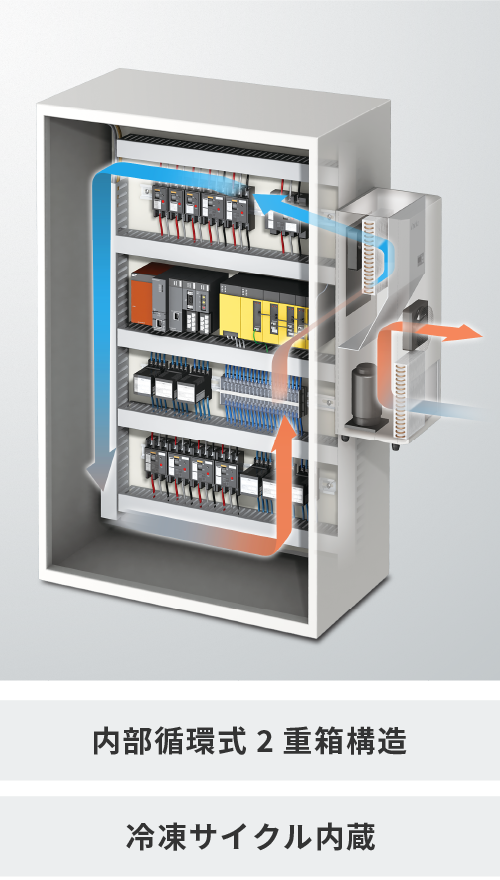

Using control panel cooling units to reduce temperature increase by 20°C can extend the life of electronic devices by more than four times.

It protects the equipment in the machine from dust, keeps it clean and reduces the risk of burnout and failure.

The dehumidifying effect of the control panel cooling unit also prevents problems caused by humidity.
Reference link → Structure and mechanism of control panel cooling units
Benefits of installing control panel cooling units
By "cooling", "dust protection", and “dehumidification" with control panel cooling units, inverters, servo amplifiers, PLCs, etc. in the board
• Significantly extend lifespan
• Significantly reduce failure rates
• Increase the operating rate of equipment
This helps prevent equipment failures and abnormal shutdowns, contributing to stable operation of facilities.

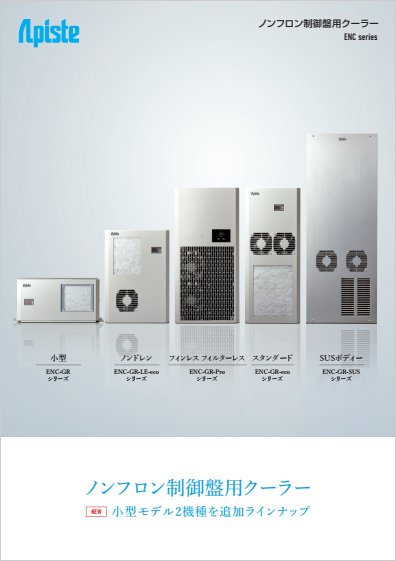
Use a control panel cooling unit to make the internal board environment the best condition it can be!
Control panel cooling units protect electronic devices inside panel from heat, dust, and humidity, contributing to the stable operation of production lines. Please check the catalog for the latest lineup, functions, and features.
A quick explanation of the difference between cooling and heat dissipation
When it comes to heat management, cooling and heat dissipation are often confused, so it is important to distinguish between them.
• Cooling: Freezing cycle removes heat from inside the panel and forces cool air to cool the inside of the panel. It is also possible to lower the panel internal temperature below the ambient temperature and dehumidify it.
• Heat dissipation: Simply release (transfer) the heat inside the panel to the outside through a fan or heat exchanger.
The panel internal temperature will be higher than the ambient temperature, and it cannot be lowered because there is no cooling effect.
Cooling (control panel cooling unit, etc.)
Freezing cycle removes heat from inside the panel and forces cold air to cool it down. It is also possible to lower the panel internal temperature below the ambient temperature and dehumidify it.
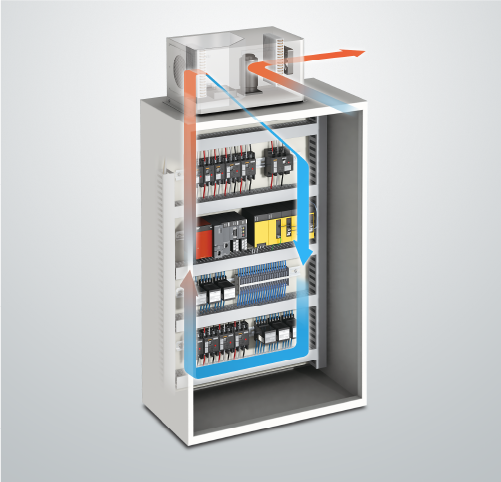
Heat dissipation (panel fans, etc.)
It simply dissipates (transfers) the heat inside the panel to the outside through a fan or heat exchanger. The panel internal temperature will be higher than the ambient temperature. It does not have a cooling effect, so it cannot be lowered.
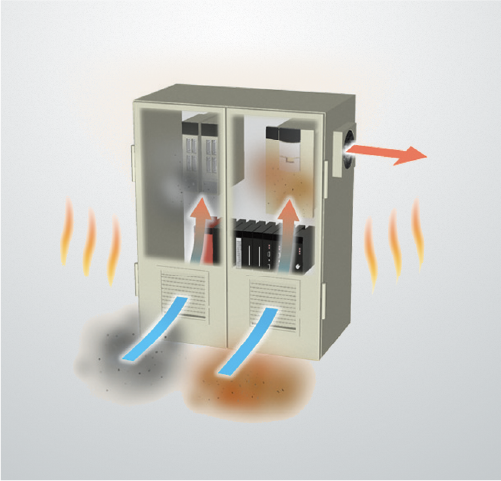
Reference link → Lineup of control panel cooling unit
Related information
Related Products
People who viewed this page also checked out these documents:
Inquiry
For product inquiries, quote requests, etc.
Please feel free to contact us.


